#celtic mythology
Text
On a quest to make every greek mythology inspired piece of media about Cú Chulainn
ALSO IT'S MY BIRTHDAY so a great present would be to look at this fhkasd videos don't do very well here and it's still too rough to post it in youtube (which I will do once I've cleaned it up and it's more comprehensible fhdkas)
Anyways made myself cry with this enjoy :)
Music is No Longer You from Epic: the musical
#animatic#epic the musical#cu chulainn#tain bo cuailnge#irish mythology#celtic mythology#laeg mac riangabra#ulster cycle#emer#ferdia#fer diad#amv#i guess#idk how to tag help#sissiarte
27 notes
·
View notes
Photo
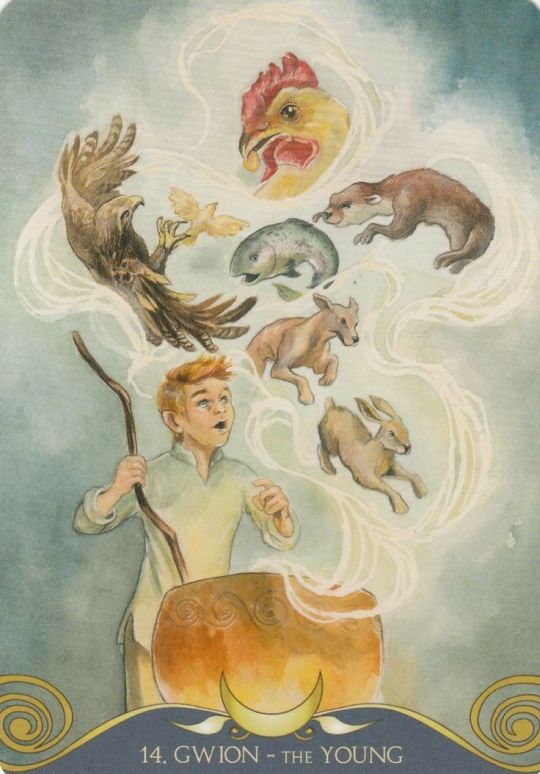
23 notes
·
View notes
Text



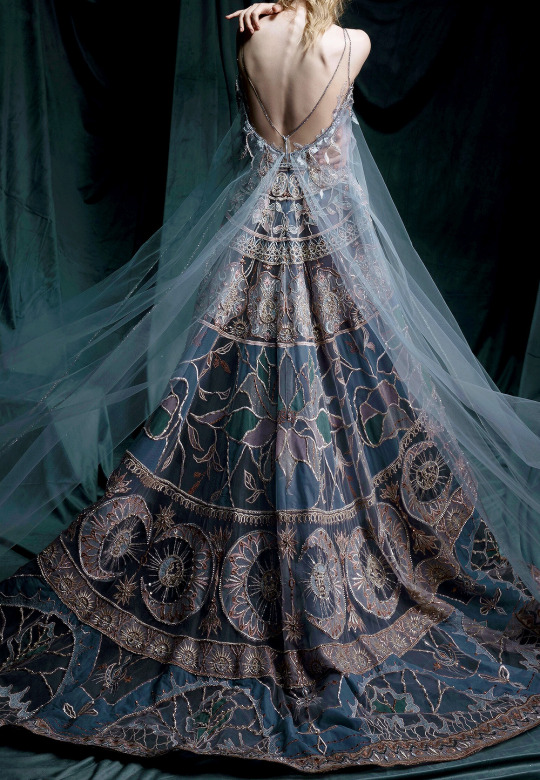
Evermore-Fashion: Celtic Mythology
Guinevere was the wife of King Arthur, the legendary ruler of Britain in Celtic mythology. She was a beautiful and noble queen, but her life took a tragic turn when she fell in love with Lancelot, one of Arthur's bravest and most loyal knights. Guinevere was also the daughter of King Leodegrance of Scotland. Arthur admired the king's lovely daughter and married her in spite of a warning from his adviser Merlin that Guinevere would be unfaithful to him. As a wedding gift, Leodegrance gave Arthur a round table that would play a central role in his court. After the marriage, Guinevere became acquainted with Lancelot, who performed various deeds to honour and rescue her. At first, Arthur took no notice of the growing attachment between the queen and Lancelot. Later, however, the king accused his wife of being unfaithful, and had to Lancelot. Several violent fights between the two followed, with groups of knights joining in on each side. Eventually, Guinevere returned to Arthur.
(The Atelier Couture 'Shakespeare in Love' Bridal Couture Collection)
#FashionEdit#The Atelier Couture#CoutureEdit#Celtic Mythology#FYeahMyths#MythEdit#MythologyEdit#Guinevere#My Edit
2K notes
·
View notes
Text
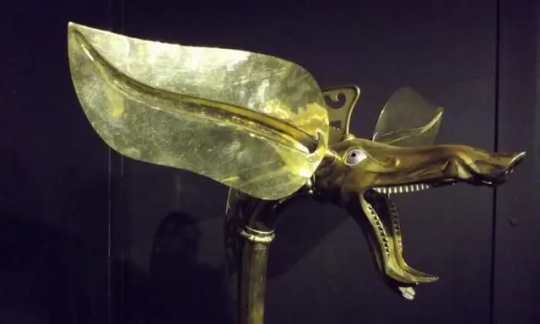

The 'Carnyx' Nightmare of the Roman Soldiers
The Carnyx was a brass musical instrument used as a psychological weapon of war by the ancient Celts between 300 BC and 200AD in western and central Europe and beyond.
The carnyx was once widespread throughout much of Europe, although only a dozen or so fragments are known to us.
It was carried by bands of Celtic mercenaries; it was present at the attack on the Greek sanctuary at Delphi in 279 BC; it defied Julius Caesar in Gaul; and it faced Claudius when he invaded Britain. They are even shown on a Buddhist sculpture in India, proof of the far-flung connections of the Iron Age world.
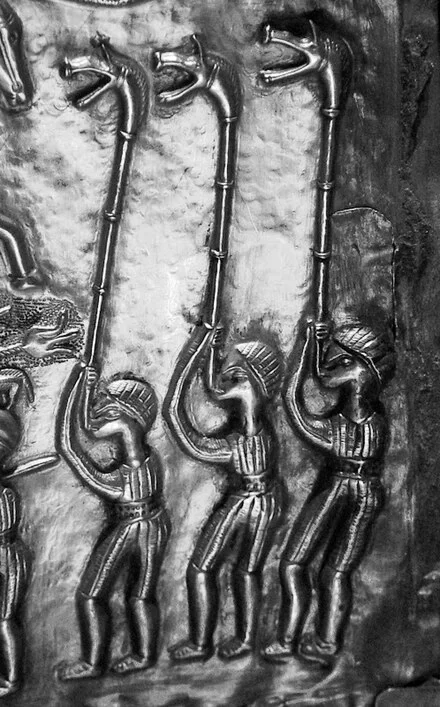
However, they were not only used by the Celts; they were also used by the Dacians in modern Romania. The term “Celtic” is a complicated one. The concept of a pan-European Celtic culture is a myth; rather, aspects of art and technology were shared across vast distances by diverse cultures. The carnyx was one example of this.
A 12-foot-long, thin bronze tube with right-angle bends on both ends made up the carnyx. The lower end ended in a mouthpiece, and the upper end flared out into a bell that was usually decorated to look like a wild boar’s had. Historians believe it had a tongue that flapped up and down, increasing the noise made by the instrument. The carnyx was played upright so that the boar’s head bell protruded well above the warriors’ heads. Its primary goal was to create more noise and confusion on the battlefield.
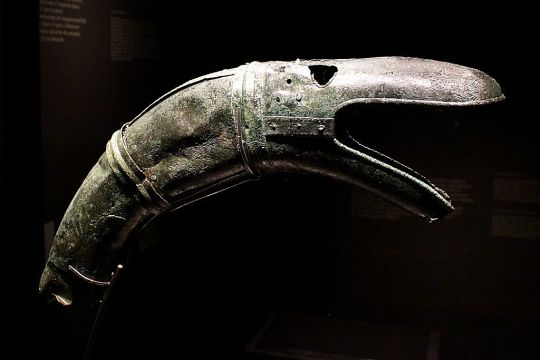
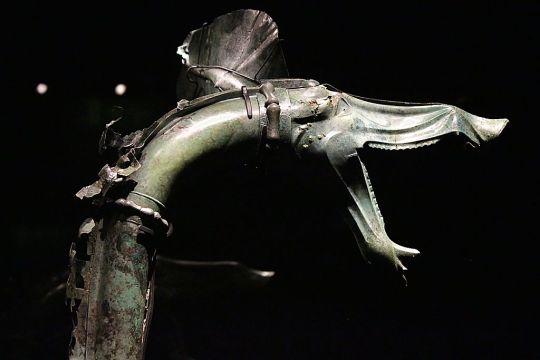

The Greek historian Polybius (206-126BC) was so impressed by the clamor of the Gallic army and the sound of the carnyx, he observed that “there were countless trumpeters and horn blowers and since the whole army was shouting its war cries at the same time there was such a confused sound that the noise seemed to come not only from the trumpeters and the soldiers but also from the countryside which was joining in the echo”.
And the Roman historian Diodorus Siculus wrote, “Their trumpets are also of a peculiar and barbaric kind which produce a harsh, reverberating sound suitable to the confusion of battle.”
Archaeologists discovered a hoard of ritually destroyed weapons in 2004, including a dozen swords, scabbards, spearheads, a shield, bronze helmets, an iron helmet shaped like a swan, a cauldron, animal remains, and seven carnyces. Before the Tintignac discovery, the remains of only five actual carnyces had been found.
The finest was unearthed in Deskford, Scotland in 1816. The Deskford carnyx only has the boar’s head bell and is missing the mane, tongue, and tubing. Images of Carnyx players have been found as well. A Roman denarius, dating from 48 BC bears a representation of a Carnyx. Three carnyx players are featured prominently on the Gundestrup Cauldron, which was found in a Danish peat bog.
One of the seven found at Tintignac, on the other hand, was almost entirely complete. The Tintignac Carnyx was broken into 40 pieces. When puzzled back together, it was found to be just an inch short of six feet long with a single missing section of the tube. The bell was a boar’s head with protruding tusks and large pointed ears. Once restored, the Tintignac Carnyx proved to be the first virtually complete carnyx ever found.
By Leman Altuntaş.
Music video by John Kenny.
#The Carnyx#The 'Carnyx' Nightmare of the Roman Soldiers#Iron Age war trumpet#ancient artifacts#archeology#archeolgst#history#history news#ancient culture#ancient civilizations#celtic mythology#celtic history#roman history#roman empire#roman legion
2K notes
·
View notes
Text
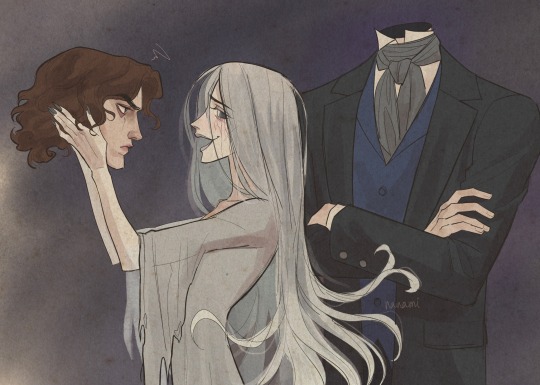
samhain 🧡 a banshee & a dullahan
#oíche samhna#happy halloween#irish folklore#samhain#éire#banshee#dullahan#halloween#irish fae#artists on tumblr#my art#original art#irish#irish mythology#ireland#mythology#celtic#ealaín#celtic mythology#celtic art#irish art#art#drawing#illustration#sketch#gaelic#gaeilge#autumn
1K notes
·
View notes
Text
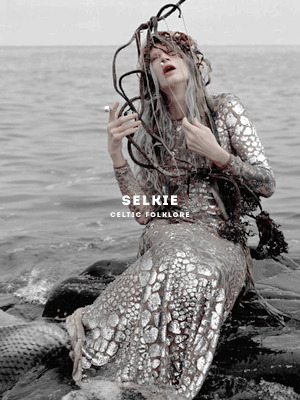
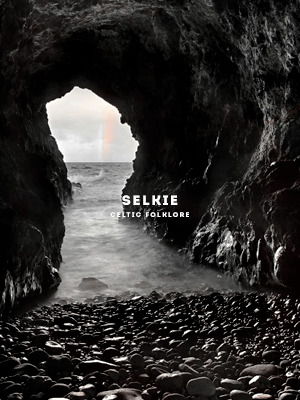


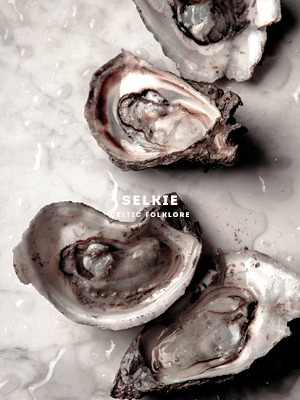
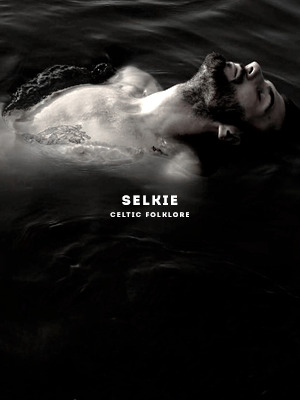
celtic mythology: selkie
"Peppered throughout Celtic folklore are stories about seal people, also called selkies who are said to be cursed with a constant longing for what they do not have: when they are swimming in the water as seals, they yearn to be on land, and when they walk on two legs as a human, they long to be in the sea. They can transform from one creature to another by shedding their sealskin, and alternatively, putting it on again."
#mythedit#mythologyedit#celticedit#folkloreedit#mythology#celtic mythology#celtic folklore#scotland#ireland#selkie#mine
438 notes
·
View notes
Text

Another Lugh-inspired drawing. He’s easy to go for inspiration, especially right now when things are feeling their craziest.
594 notes
·
View notes
Text



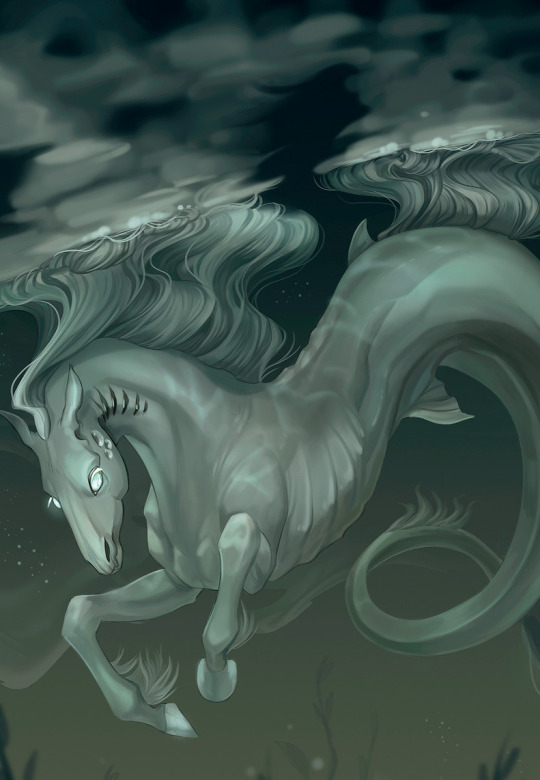
The Evermore Grimoire: Celtic Mythology
A kelpie is a water horse spirit that inhabits lochs in Celtic mythology. It is described to look like a horse, but can also take on a human form and is believed to take delight in drowning its victims. In certain stories, it loves the human liver. One of the water-kelpie's common identifying characteristics is that its hooves are reversed as compared to those of a normal horse, a trait also shared by the Nykur of Scandinavian and Icelandic mythology. The creature's nature is either useful, hurtful, or seeking human companionship; in some cases, kelpies take their victims into the water, devour them, and throw the entrails to the water's edge. In its equine form the kelpie is able to extend the length of its back to carry many riders together into the depths; a common theme in the tales is of several children clambering onto the creature's back while one remains on the shore. Usually a little boy, he then pets the horse but his hand sticks to its neck. In some variations the boy cuts off his fingers or hand to free himself; he survives but the other children are carried off and drowned, with only some of their entrails being found later.
artwork by Helmiruusu
651 notes
·
View notes
Photo
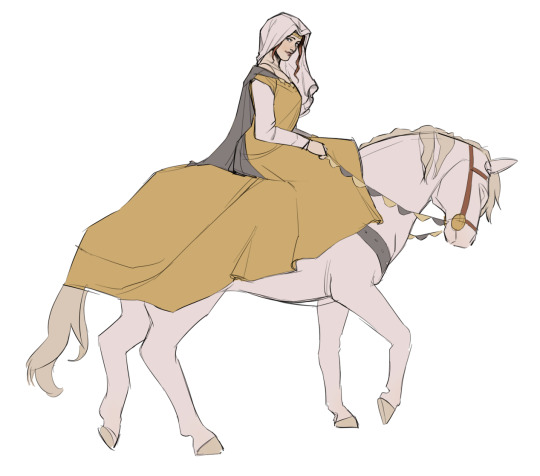
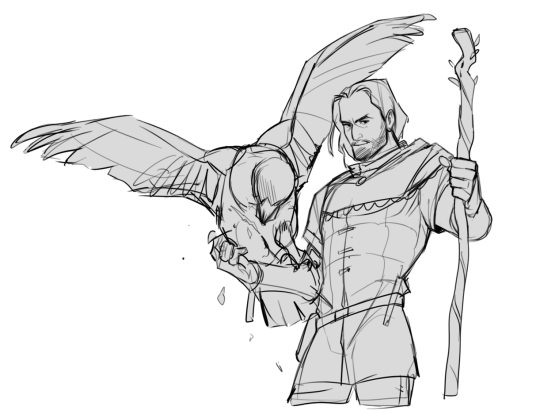
hello tumblr, can our next mass hyperfixation be welsh myths please 🥺
#Y Mabinogi#the mabinogion#Rhiannon#Gwydion fab Dôn#Lleu Llaw Gyffes#welsh mythology#celtic mythology#hmmm i gotta make gwydion look more sneaky#gwydion is a problematic fav of mine lol#magic man pig thief shitty uncle#the eagle is his nephew btw#......................#.......
1K notes
·
View notes
Text
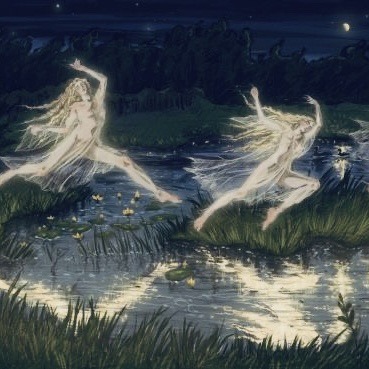
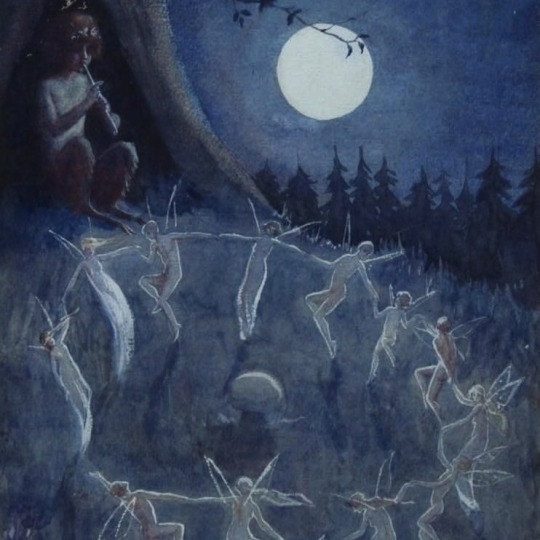
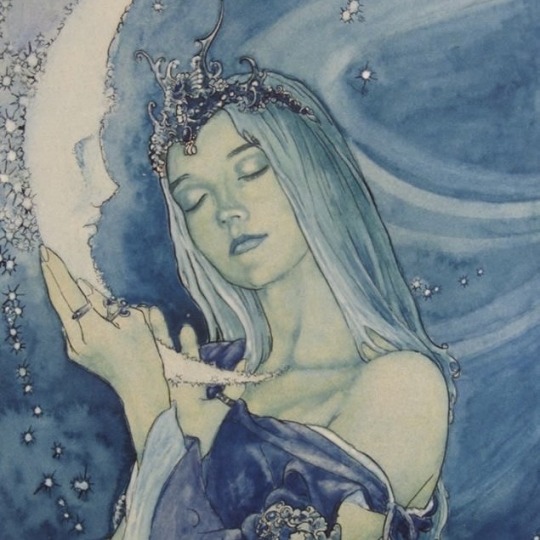
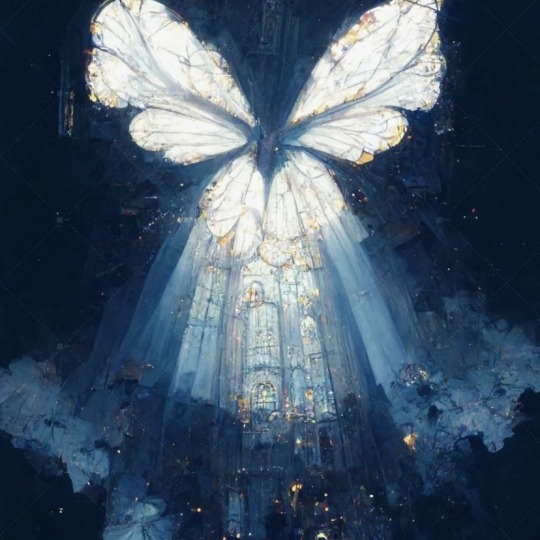


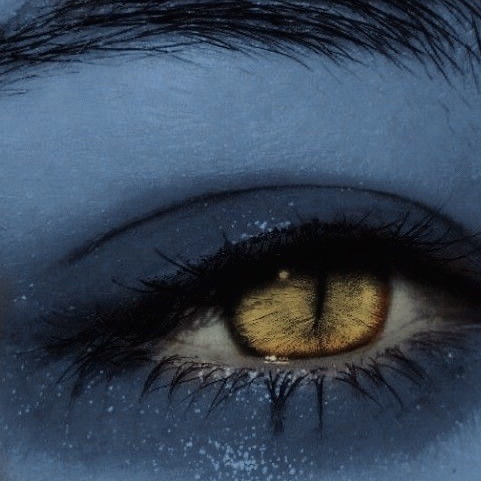

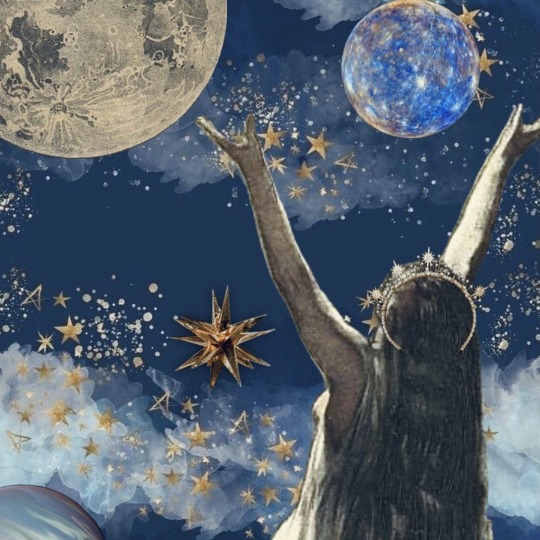
World Mythology: Fey, Faeries, and Fairfolk
“Faeries, come take me out of this dull world, for I would ride with you upon the wind, run on the top of the disheveled tide, and dance upon the mountains like a flame.”
- adapted from The Land of Heart's Desire by William Butler Yeats
#fairies#fairycore#fairy#fae#faecore#high fae#fey#fair folk#fairy tale#celtic folklore#celtic mythology#irish folklore#irish mythology#william butler yeats#acotar#acosf#the stolen heir#the cruel prince#tcp#tfota#the iron king#hoeab#rhapsodic#fairy dance#mythical creatures#sky aesthetic#blue aesthetic#moodboard#night court
439 notes
·
View notes
Text



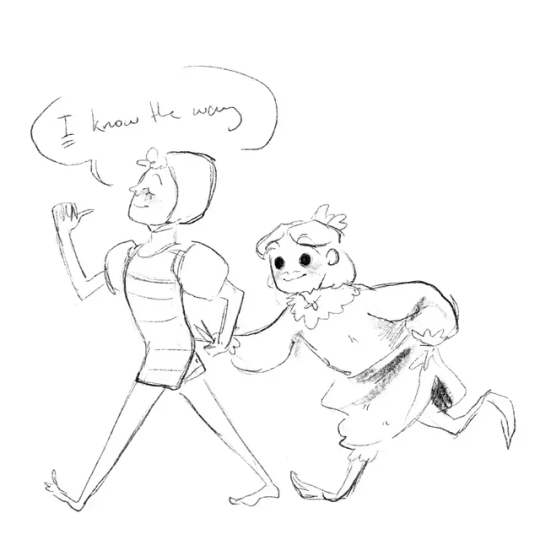
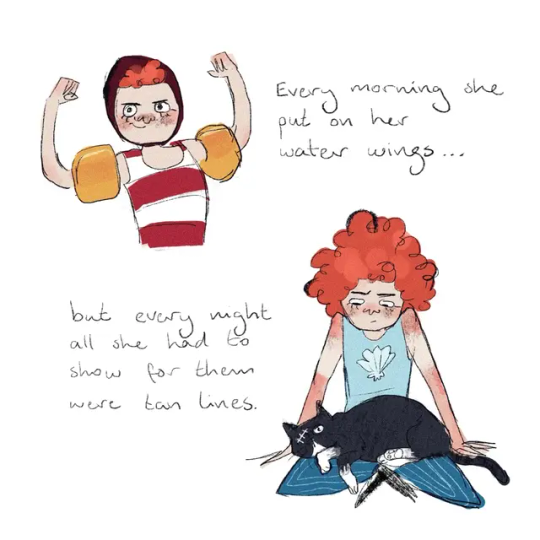
A girl who loves the sea but is scared to learn to swim befriends a selkie who has lost her seal fur - can they find it among the human polution on the beach?
These are some old characters I decided to sketch a bit in uni today, sort of for mermay
#art#illustration#character design#original character#character art#sketch#selkie#mermay#picture book#childrens book#kids lit#irish mythology#celtic mythology
145 notes
·
View notes
Photo

The Kelpie Pond by Jaimie Whitbread
8K notes
·
View notes
Text

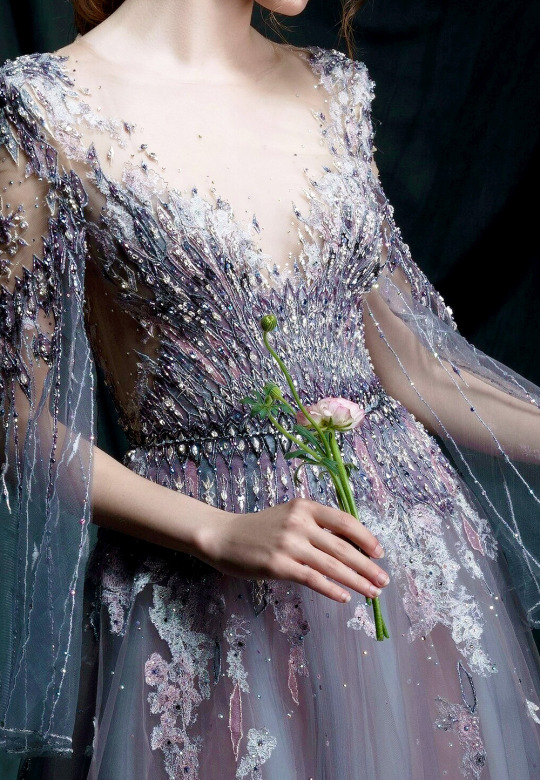


Evermore-Fashion: Celtic Mythology
The Lady of the Lake, was an enchantress also known as Viviane or Nimue, who appears in many of the tales of King Arthur in Celtic mythology. She is best remembered for her relationships with the knight Lancelot and the infamous magician Merlin. According to legend, the Lady of the Lake lived beneath a lake surrounding the mystical island of Avalon. She also raised Lancelot after his father died, and gave Arthur the magical sword Excalibur, which he treasured. When Arthur was near death, she saved him by taking him to Avalon to await a time when his people would once again need his leadership. The magician Merlin fell in love with the Lady of the Lake, however she refused to give him her love until he had taught her all his secrets. Eventually she used her powers to trap him either in the trunk of a tree or possibly beneath a stone. Despite Merlin having the gift of foresight and seeing his imprisonment coming, he was either powerless or unwilling to change his fate.
(The Atelier Couture 'Shakespeare in Love' Bridal Couture Collection)
#FashionEdit#The Atelier Couture#CoutureEdit#Celtic Mythology#FYeahMyths#MythEdit#MythologyEdit#Fashion Details#My Edit
3K notes
·
View notes
Text
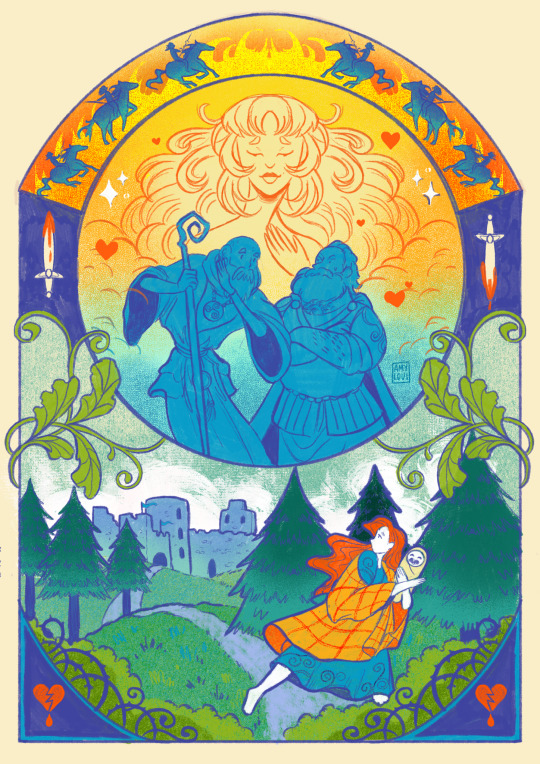
Part One of a new illustration series focusing on the tragic tale of Deirdre and Naoise.
Fedlimid gets some bad news, a baby is born and Leabharcham heads away for safety.
This is my March Postcard Club illustration! If you’re interested in getting a print in the post (along with new postcards each month) then you can sign up here!
#irish mythology#irish folklore#deirdre#illustration#artists on tumblr#amylouioc art#celtic mythology#irish myths#fantasy illustration#irish#ulster cycle#postcard
181 notes
·
View notes
Text

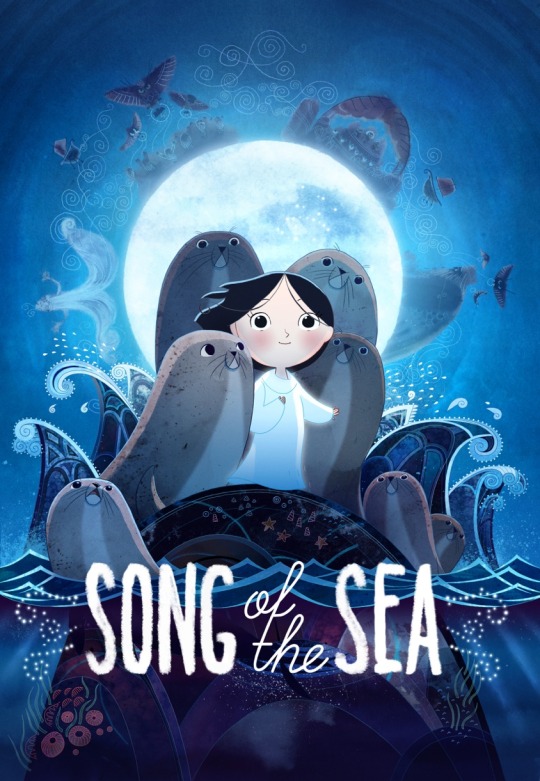
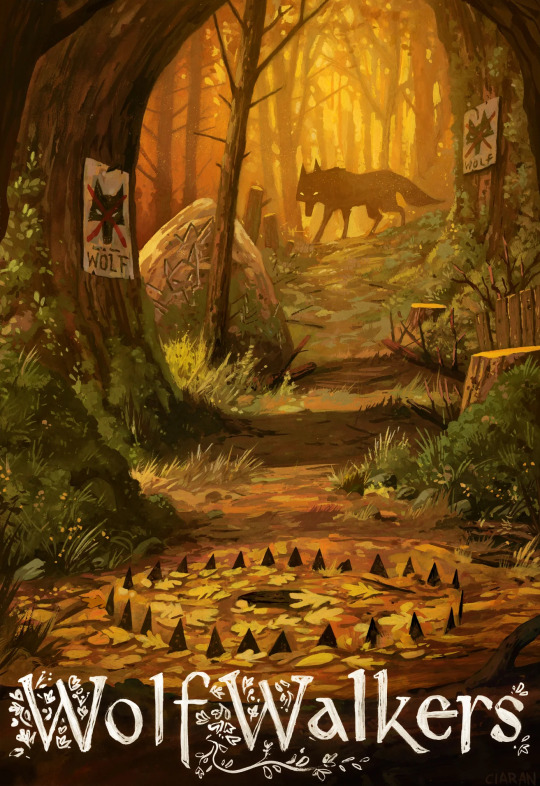
they dont get enough love
#the secret of kells#song of the sea#wolfwalkers#cartoon saloon#animation#movies#tuatha dé danann#aos sí#selkie#ireland#irish mythology#celts#celtic mythology#personal
190 notes
·
View notes
Text
fhsksvjags seeing people saying that the 'cryptids' of Europe are harmless and I'm 👁👄👁 are we talking about the same Europe
people on tiktok are trying so hard to convince u the fae are harmless but that's Victorian Propaganda and I stand by that
2K notes
·
View notes